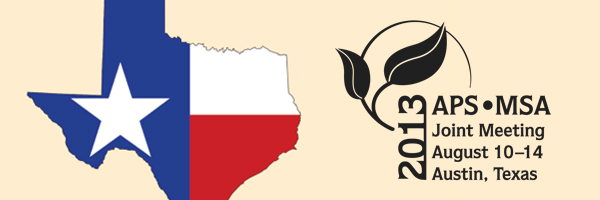APS Homepage
Back

Poster Session: Systematics/ Evolution
© 2013 by The American
Phytopathological Society. All rights reserved.
582-P
The ADiv project: Analyzing rates of diversification in the Agaricales.
G. J. SZARKÁNDI (1), B. Dima (1), S. Kocsubé (1), C. Vágvölgyi (1), T. Papp (1), L. G. Nagy (2)
(1) Department of Microbiology, University of Szeged, Szeged, Hungary; (2) Department of Microbiology, University of Szeged; Department of Biology, Clark University, Worcester, MA, U.S.A.
The order Agaricales is the most species-rich group of the Basidiomycota, numbering ca. 475 genera and 14,000 described species, yet, the driving forces of evolutionary diversification in the order are hardly known. Understanding why and how certain lineages became extremely species-rich, while others are only represented by a few species, what the timing of major lineage expansions is, or the impact of fruiting body morphologies on speciation rates may have an effect on fungal conservation and taxonomy, however, theoretical and experimental evidence so far remained spurious. The ADiv is a recently launched 4-year initiative to understand patterns of speciation, extinction and variations in the rate of evolution in the Agaricales. To address these questions, we will use statistical models of lineage diversification in a phylogenetic framework. Modeling of diversification will rely on a new two-gene dataset (referred to as diversity dataset) for ca. 3000 species accepted in the Agaricales. In addition to the diversity dataset, a phylogenomic dataset is also being produced, which will provide robust support for the backbone of the Agaricales to reinforce phylogenetic inference from the diversity dataset. These two resources will allow us to address general patterns of speciation and extinction, the frequency of shifts in diversification rates, and whether transitions between different fruiting body types influence rates of speciation or extinction in the Agaricales.